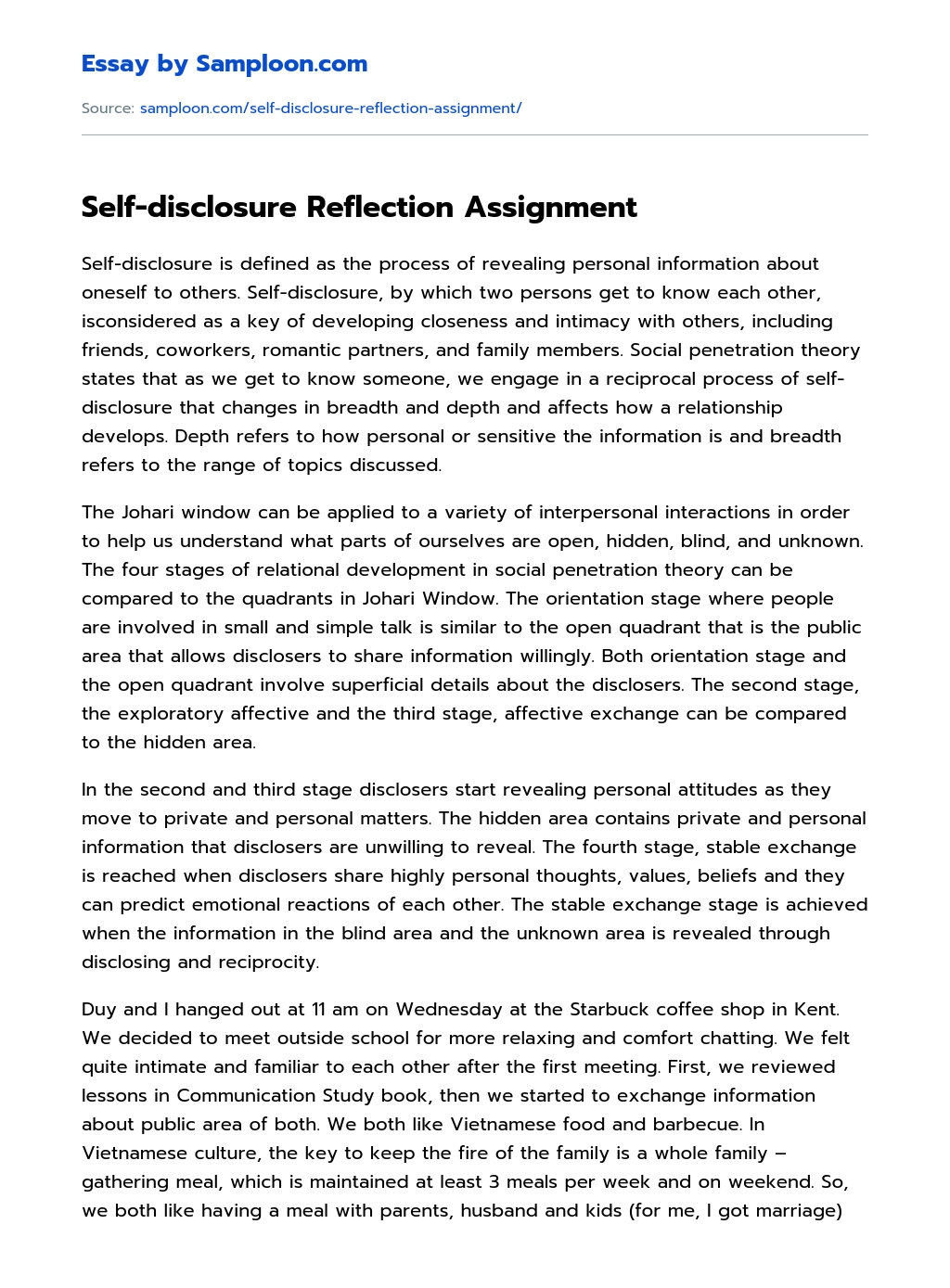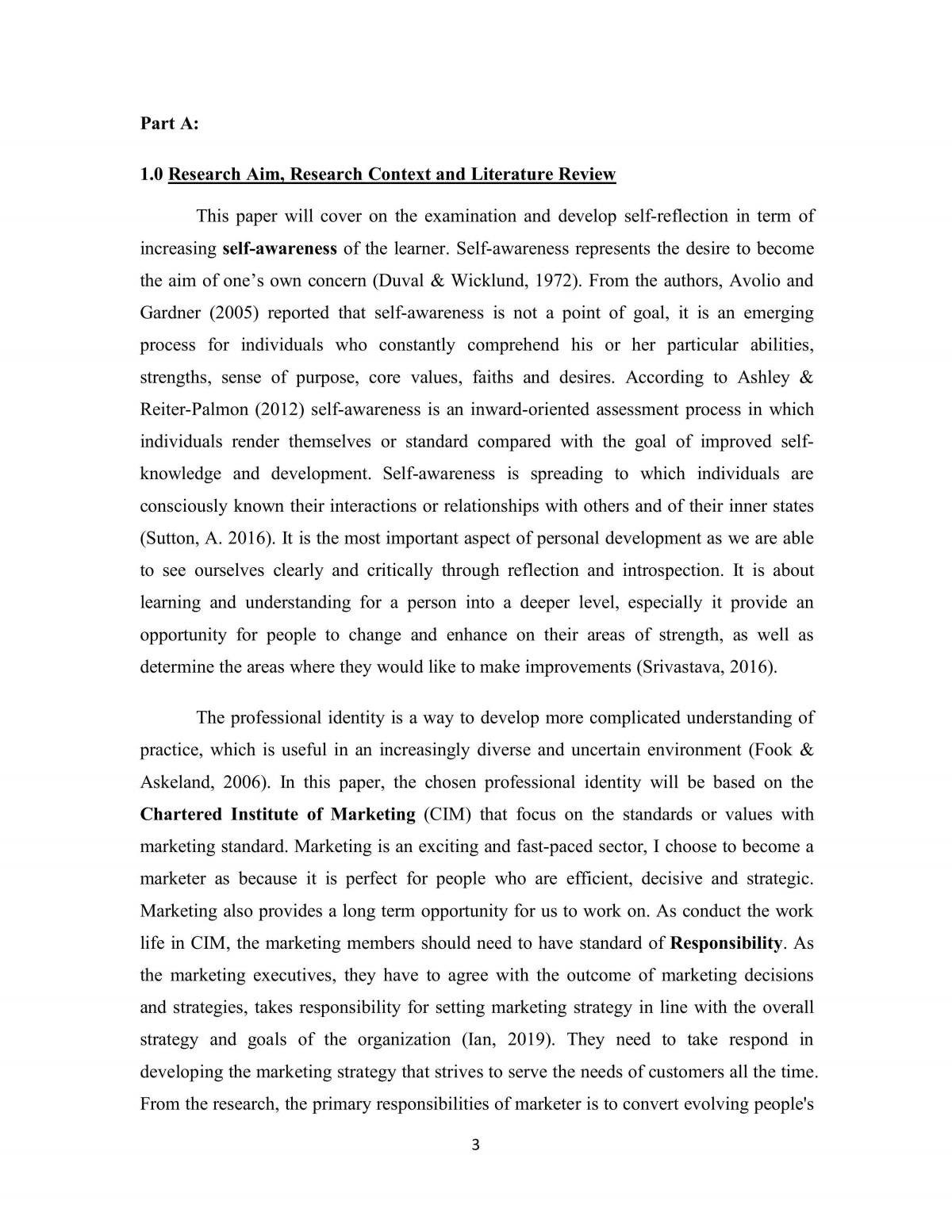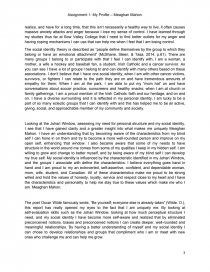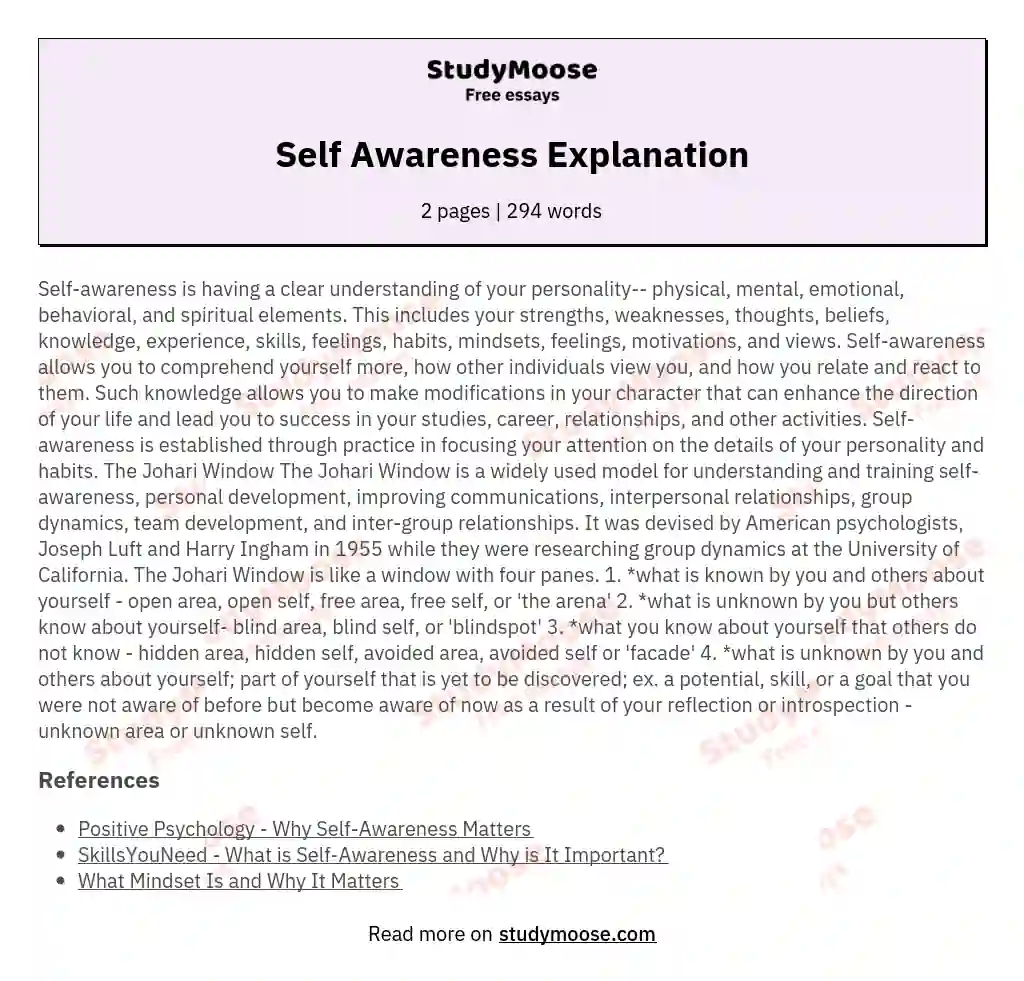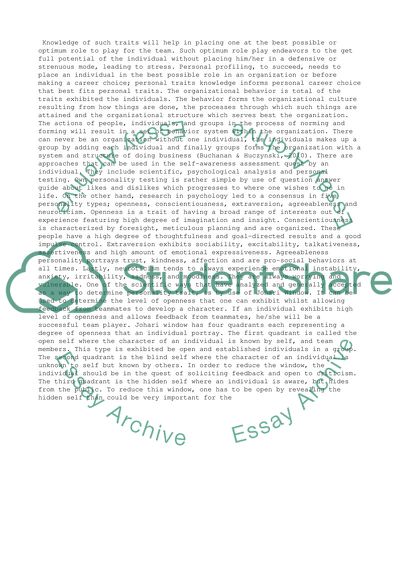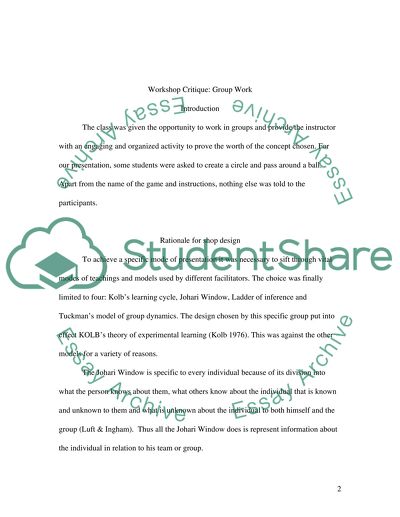The Johari window is a tool used in psychology to help individuals better understand and improve their self-awareness and interpersonal relationships. Developed by psychologists Joseph Luft and Harry Ingham in the 1950s, the Johari window is based on the idea that there are four quadrants, or "windows," that represent different aspects of self-awareness: the open window, the hidden window, the blind window, and the unknown window.
The open window represents information about ourselves that is both known to us and known to others. This includes things like our strengths, weaknesses, values, and beliefs, as well as our physical appearance and behaviors. The hidden window represents information about ourselves that is known to us, but not known to others. This could include our inner thoughts, feelings, and personal experiences.
The blind window represents information about ourselves that is known to others, but not known to us. This might include how others perceive us or how they interpret our actions and behaviors. The unknown window represents information about ourselves that is neither known to us nor known to others. This could include things like our unconscious biases or automatic responses to certain stimuli.
One example of the Johari window in action might be a person who is unaware of their tendency to be overly critical of others. This trait might be visible to others, but not to the person themselves, making it a part of their blind window. Through self-reflection and feedback from others, the person may become aware of this tendency and move it into their open window, where it can be acknowledged and addressed.
Another example might be a person who is struggling with feelings of insecurity and low self-esteem. These feelings might be a part of their hidden window, known only to themselves. By sharing these feelings with a trusted friend or therapist, the person can move them into their open window and work towards improving their self-esteem.
The Johari window can be a useful tool for individuals looking to improve their self-awareness and relationships with others. By becoming more aware of the different aspects of ourselves and how they are perceived by others, we can better understand and address any potential areas for growth and improvement.
